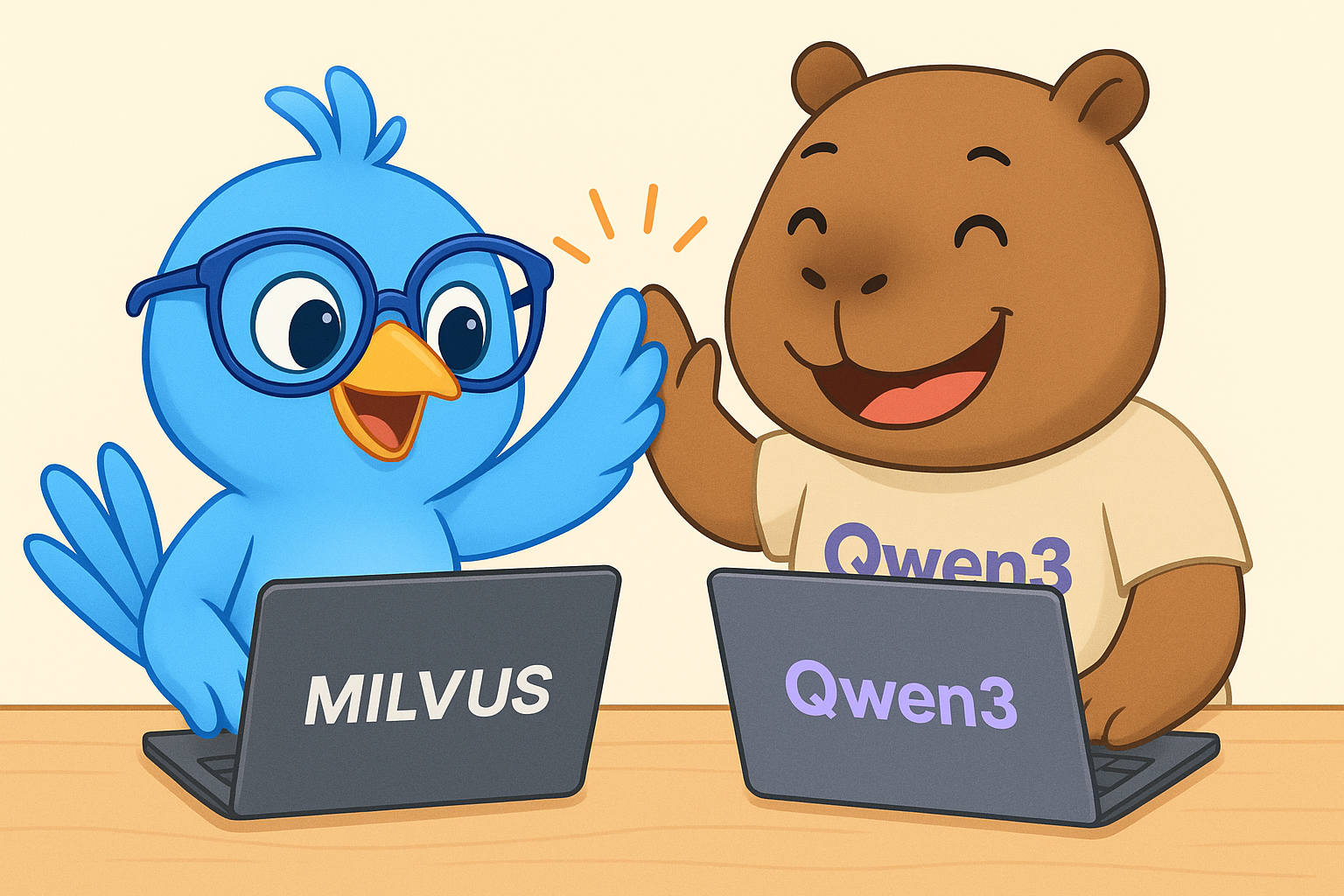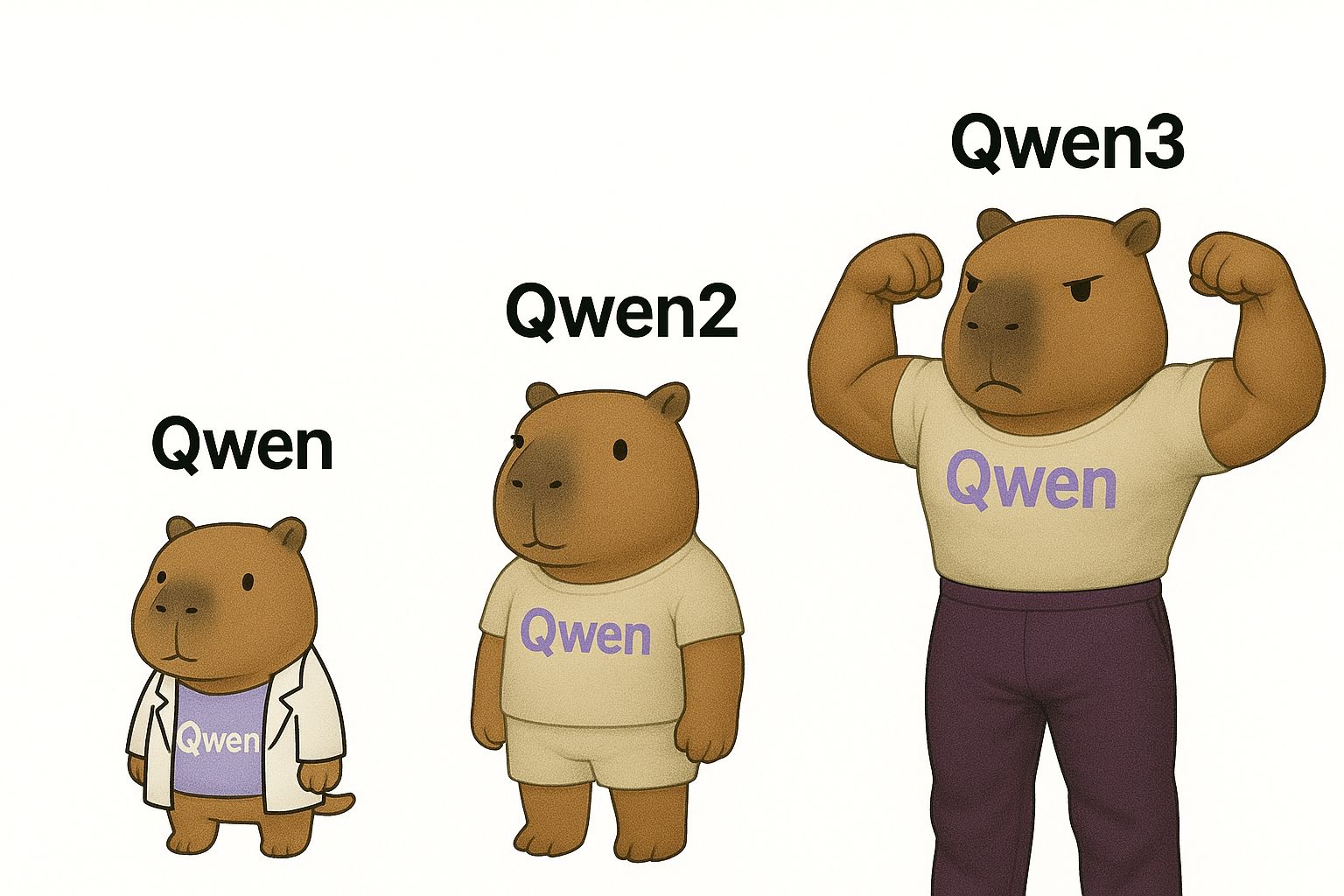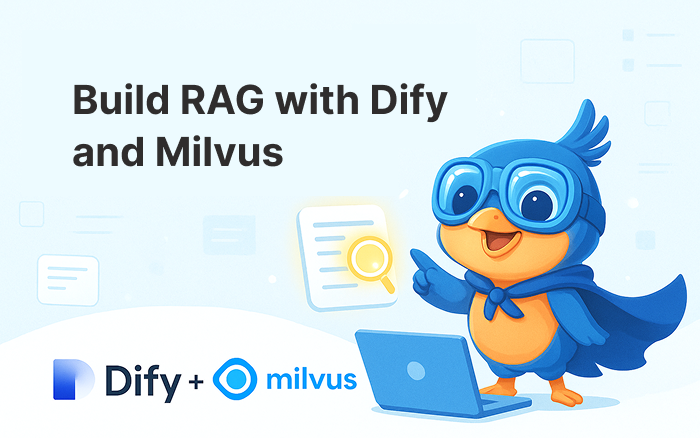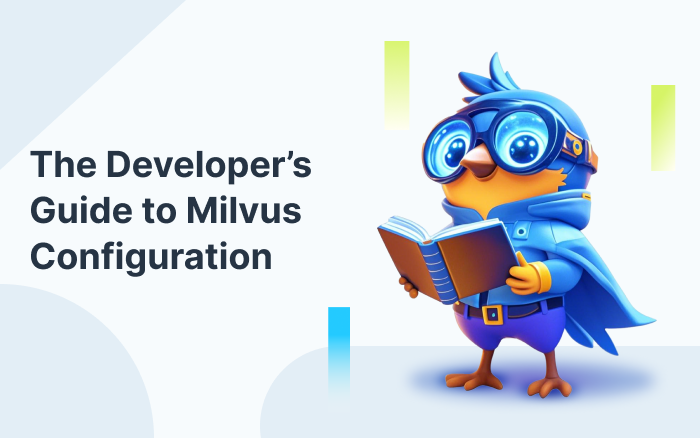Hands-on Tutorial: Build Your Own Coding Copilot with Qwen3-Coder, Qwen Code, and Code Context
The AI coding assistant battlefield is heating up fast. We’ve seen Claude Code from Anthropic making waves, Google’s Gemini CLI shaking up terminal workflows, OpenAI’s Codex powering GitHub Copilot, Cursor winning over VS Code users, and now Alibaba Cloud enters with Qwen Code.
Honestly, this is great news for developers. More players mean better tools, innovative features, and most importantly, open-source alternatives to expensive proprietary solutions. Let’s learn what this latest player brings to the table.
Meet Qwen3-Coder and Qwen Code
Alibaba Cloud recently released Qwen3-Coder, an open-source agentic coding model achieving state-of-the-art results across multiple benchmarks. They also launched Qwen Code, an open-source AI coding CLI tool built on Gemini CLI but enhanced with specialized parsers for Qwen3-Coder.
The flagship model, Qwen3-Coder-480B-A35B-Instruct, delivers impressive capabilities: native support for 358 programming languages, 256K token context window (expandable to 1M tokens via YaRN), and seamless integration with Claude Code, Cline, and other coding assistants.
The Universal Blind Spot in Modern AI Coding Copilots
While Qwen3-Coder is powerful, I am more interested in its coding assistant: Qwen Code. Here’s what I found interesting. Despite all the innovation, Qwen Code shares the exact same limitation as Claude Code and Gemini CLI: they’re great at generating fresh code but struggle with understanding existing codebases.
Take this example: you ask Gemini CLI or Qwen Code to “find where this project handles user authentication.” The tool starts hunting for obvious keywords like “login” or “password” but completely misses that critical verifyCredentials() function. Unless you’re willing to burn through tokens by feeding your entire codebase as context—which is both expensive and time-consuming—these tools hit a wall pretty quickly.
This is the real gap in today’s AI tooling: intelligent code context understanding.
Supercharge Any Coding Copilot with Semantic Code Search
What if you could give any AI coding copilot—whether it’s Claude Code, Gemini CLI, or Qwen Code—the ability to truly understand your codebase semantically? What if you could build something as powerful as Cursor for your own projects without the hefty subscription fees, while maintaining complete control over your code and data?
Well, enter Code Context—an open-source, MCP-compatible plugin that transforms any AI coding agent into a context-aware powerhouse. It’s like giving your AI assistant the institutional memory of a senior developer who’s worked on your codebase for years. Whether you’re using Qwen Code, Claude Code, Gemini CLI, working in VSCode, or even coding in Chrome, Code Context brings semantic code search to your workflow.
Ready to see how this works? Let’s build an enterprise-grade AI coding copilot using Qwen3-Coder + Qwen Code + Code Context.
Hands-On Tutorial: Building Your Own AI Coding Copilot
Prerequisites
Before we begin, ensure you have:
Node.js 20+ installed
OpenAI API key (Get one here)
Alibaba Cloud account for Qwen3-Coder access (get one here)
Zilliz Cloud account for vector database (Register here for free if you don’t have one yet)
Notes: 1) In this tutorial, we’ll use Qwen3-Coder-Plus, the commercial version of Qwen3-Coder, because of its strong coding capabilities and ease of use. If you prefer an open-source option, you can use qwen3-coder-480b-a35b-instruct instead. 2) While Qwen3-Coder-Plus offers excellent performance and usability, it comes with high token consumption. Be sure to factor this into your enterprise budgeting plans.
Step 1: Environment Setup
Verify your Node.js installation:
curl -qL https://www.npmjs.com/install.sh | sh
Step 2: Install Qwen Code
npm install -g @qwen-code/qwen-code
qwen --version
If you see the version number like below, it means the installation was successful.

Step 3: Configure Qwen Code
Navigate to your project directory and initialize Qwen Code.
Qwen
Then, you’ll see a page like below.
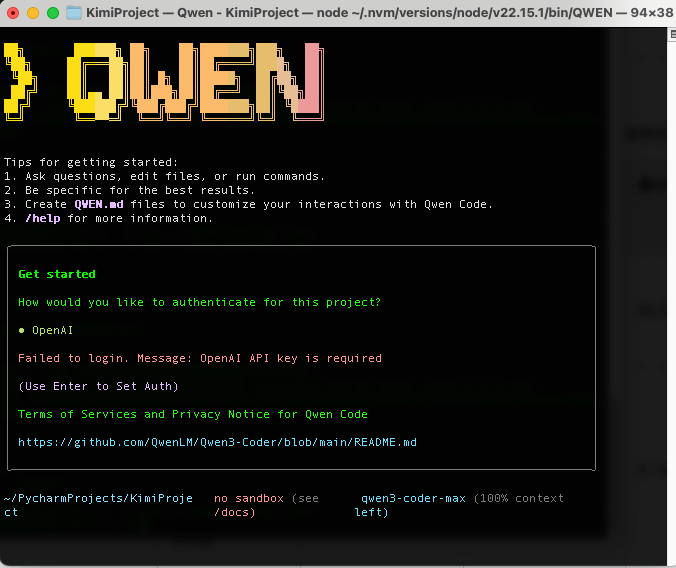
API Configuration Requirements:
API Key: Obtain from Alibaba Cloud Model Studio
Base URL:
https://dashscope.aliyuncs.com/compatible-mode/v1Model Selection:
qwen3-coder-plus(commercial version, most capable)qwen3-coder-480b-a35b-instruct(open-source version)
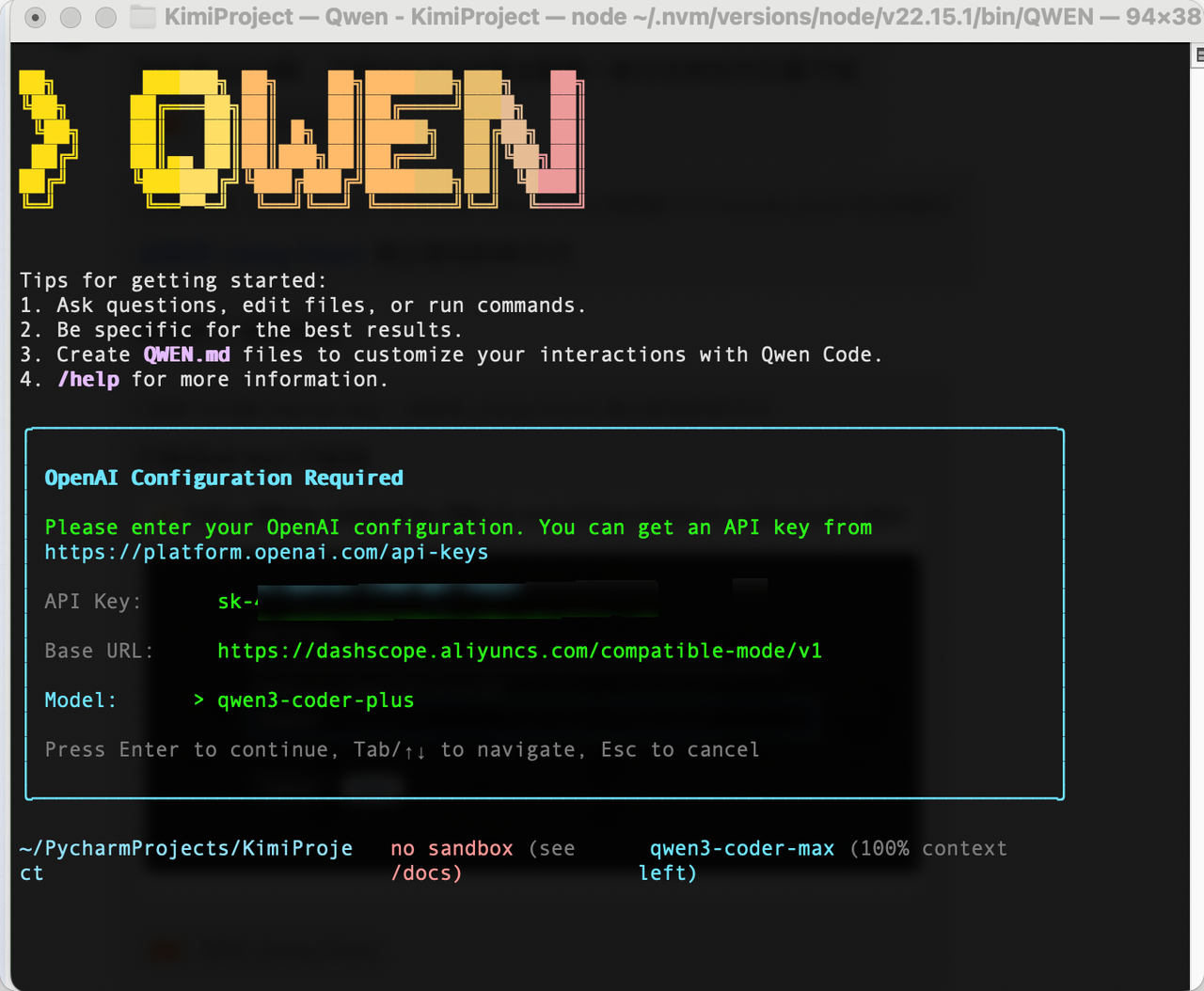
After configuration, press Enter to proceed.
Step 4: Test Basic Functionality
Let’s verify your setup with two practical tests:
Test 1: Code Understanding
Prompt: “Summarize this project’s architecture and main components in one sentence.”
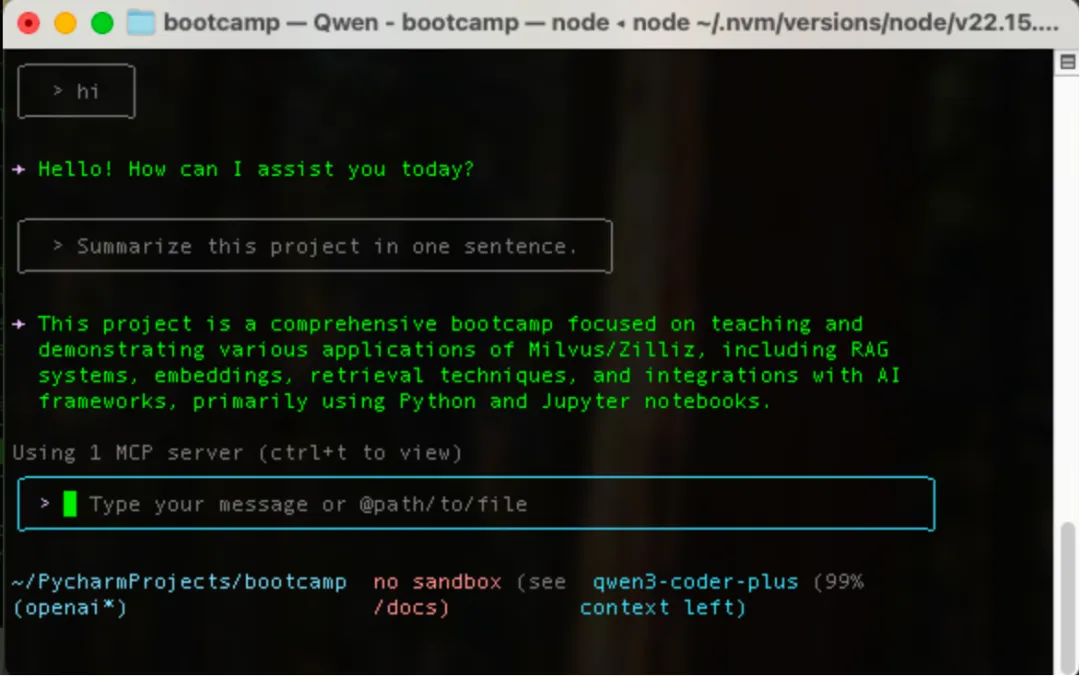
Qwen3-Coder-Plus nailed the summary—describing the project as a technical tutorial built on Milvus, with a focus on RAG systems, retrieval strategies, and more.
Test 2: Code Generation
Prompt: “Please create a small game of Tetris”
In under a minute, Qwen3-coder-plus:
Autonomously installs required libraries
Structures the game logic
Creates a complete, playable implementation
Handles all the complexity you’d normally spend hours researching
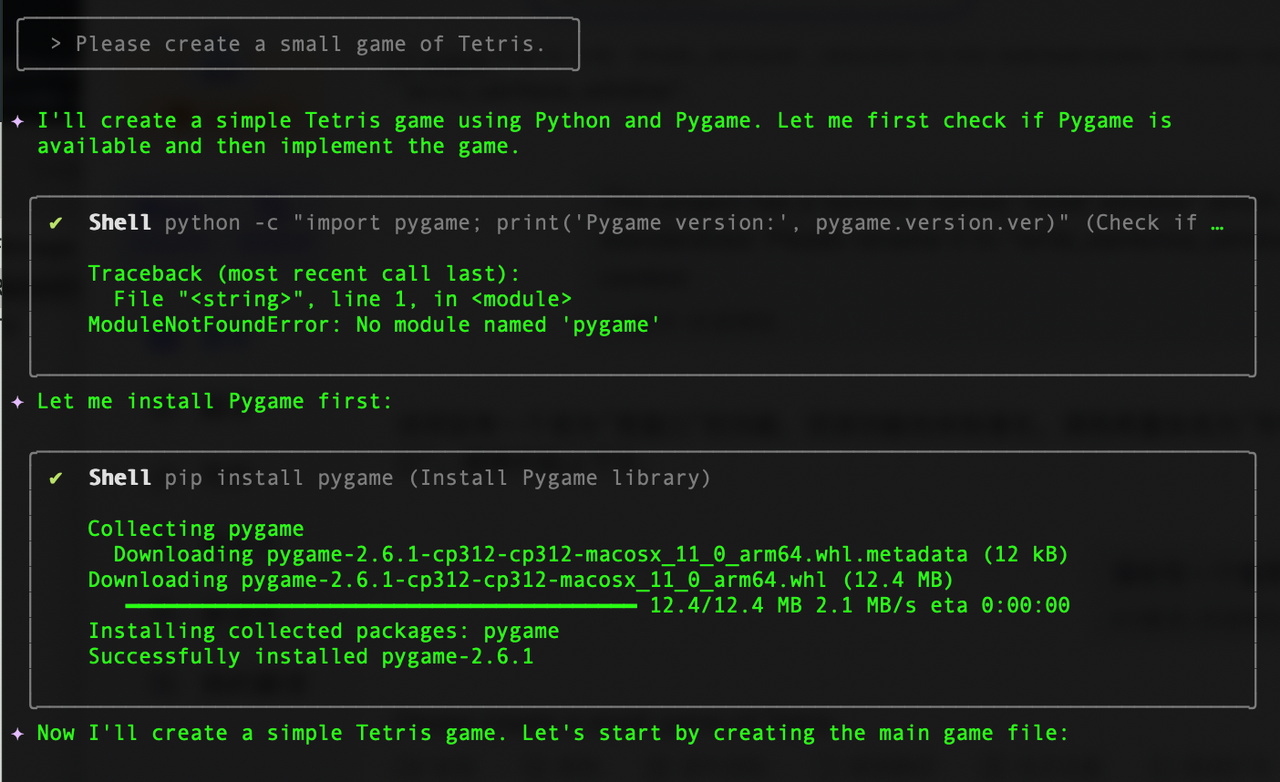
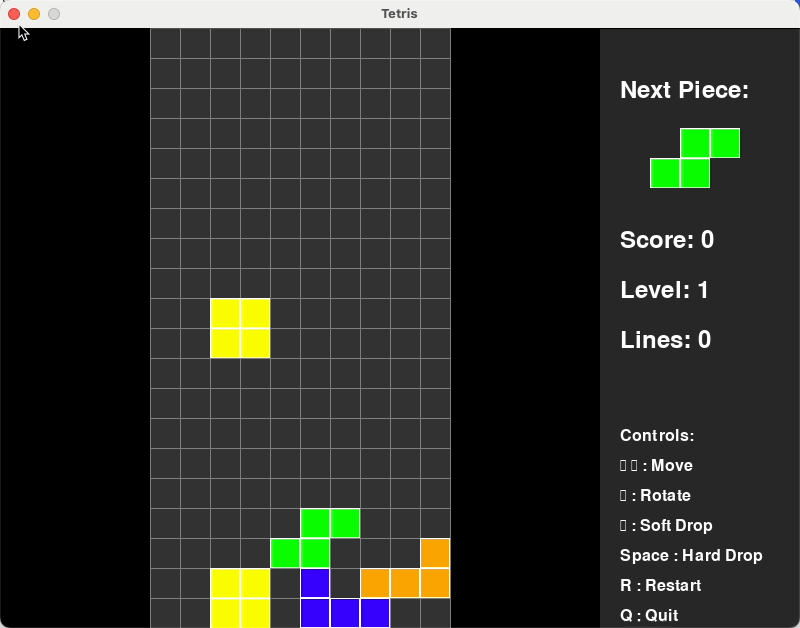
This showcases true autonomous development—not just code completion, but architectural decision-making and complete solution delivery.
Step 5: Set Up Your Vector Database
We’ll use Zilliz Cloud as our vector database in this tutorial.
Create a Zilliz Cluster:
Log into Zilliz Cloud Console
Create a new cluster
Copy the Public Endpoint and Token
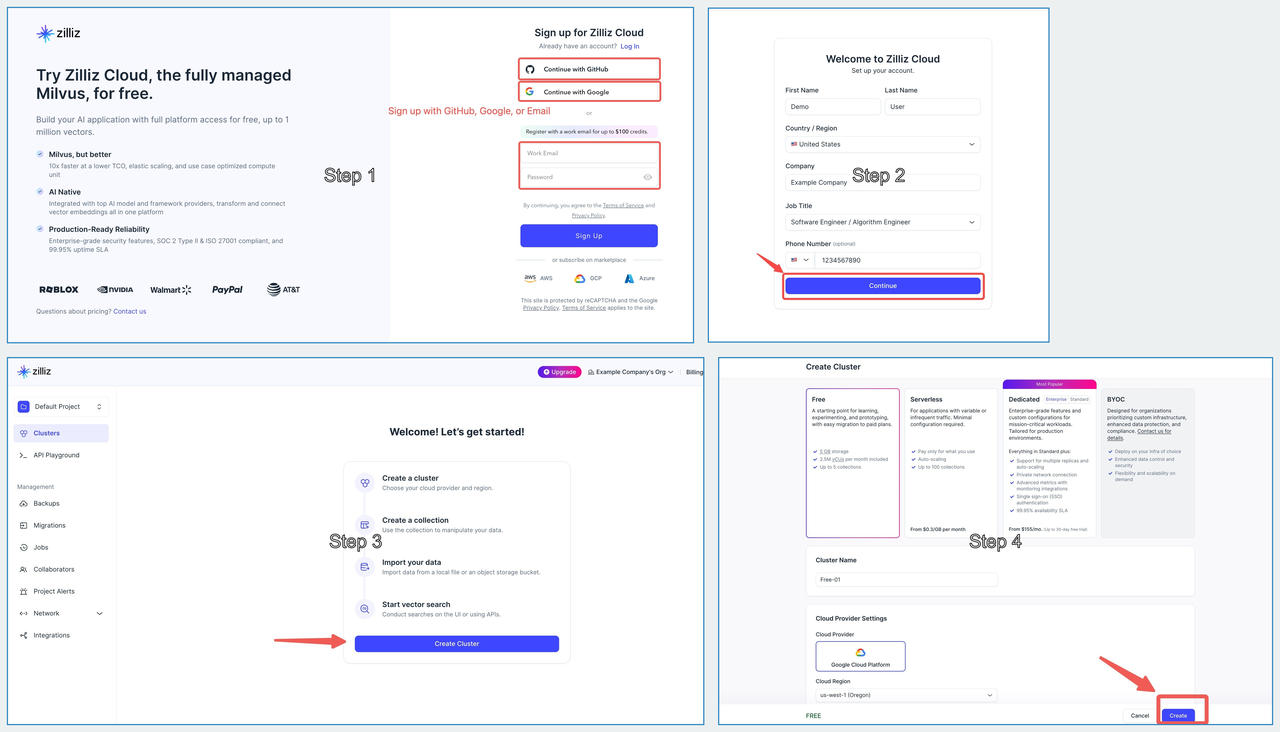
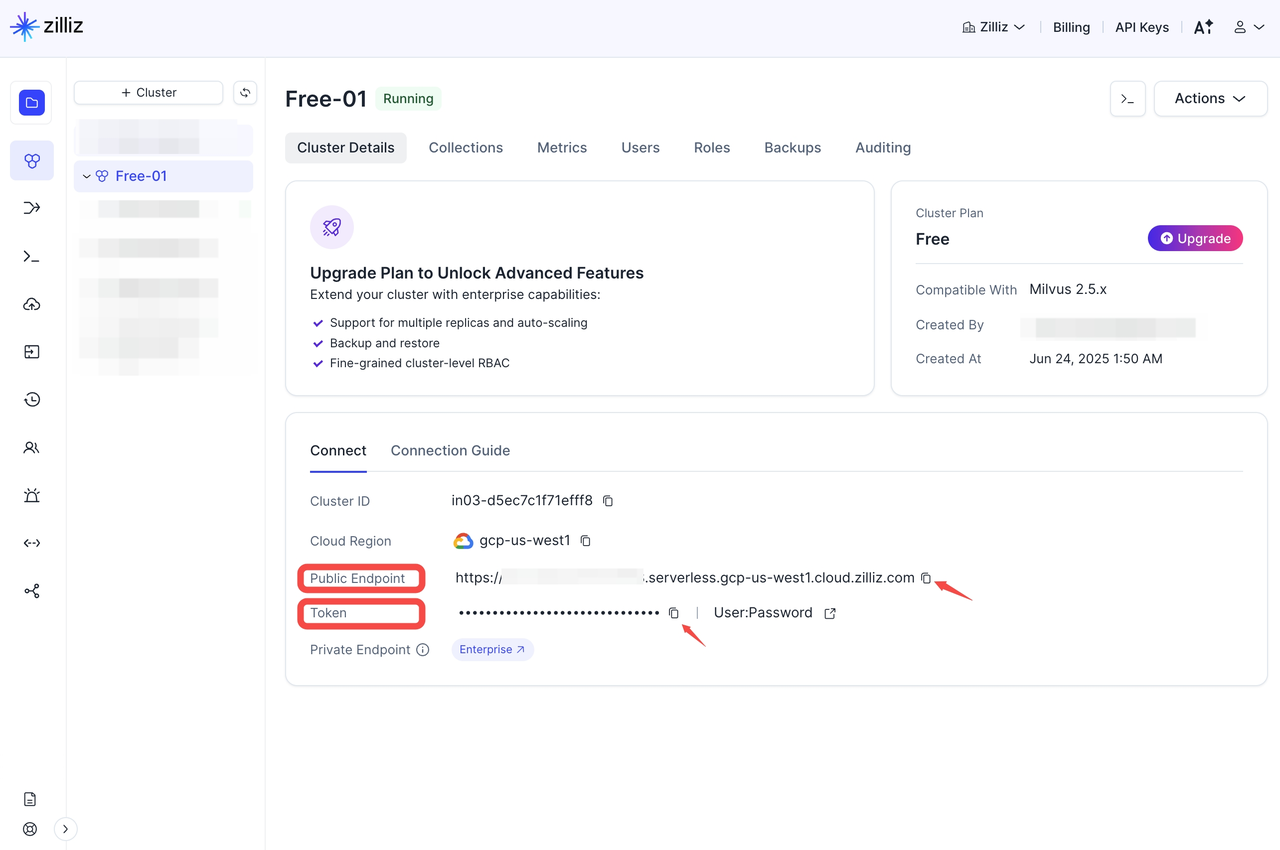
Step 6: Configure Code Context Integration
Create ~/.qwen/settings.json:
{
"mcpServers": {
"code-context": {
"command": "npx",
"args": ["@zilliz/code-context-mcp@latest"],
"env": {
"OPENAI_API_KEY": "sk-xxxxxxxxxx",
"MILVUS_ADDRESS": "https://in03-xxxx.cloud.zilliz.com",
"MILVUS_TOKEN": "4f699xxxxx"
},
"cwd": "./server-directory",
"timeout": 30000,
"trust": false
}
}
}
Step 7: Activate Enhanced Capabilities
Restart Qwen Code:
Qwen
Press Ctrl + T to see three new tools within our MCP server:
index-codebase: Creates semantic indexes for repository understandingsearch-code: Natural language code search across your codebaseclear-index: Resets indexes when needed.

Step 8: Test the Complete Integration
Here’s a real example: In a big project, we reviewed code names and found that ‘wider window’ sounded unprofessional, so we decided to change it.
Prompt: “Find all functions related to ‘wider window’ that need professional renaming.”

As shown in the figure below, qwen3-coder-plus first called the index_codebase tool to create an index for the entire project.

Then, the index_codebase tool created indexes for 539 files in this project, splitting them into 9,991 chunks. Immediately after building the index, it called the search_codetool to perform the query.
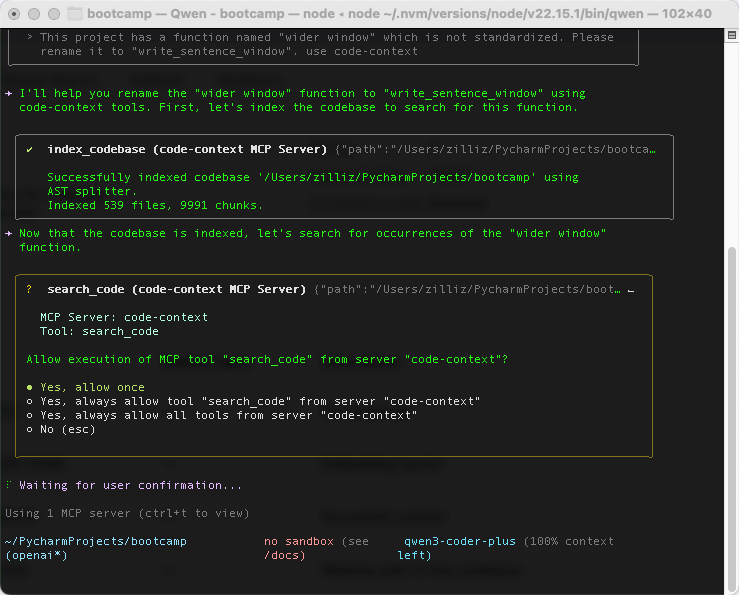
Next, it informed us that it found the corresponding files that needed modification.

Finally, it discovered 4 issues using Code Context, including functions, imports, and some naming in documentation, helping us complete this small task.
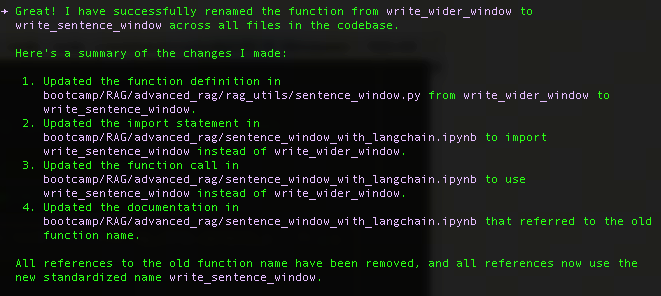
With the addition of Code Context, qwen3-coder-plus now offers smarter code search and better understanding of coding environments.
What You’ve Built
You now have a complete AI coding copilot that combines:
Qwen3-Coder: Intelligent code generation and autonomous development
Code Context: Semantic understanding of existing codebases
Universal compatibility: Works with Claude Code, Gemini CLI, VSCode, and more
This isn’t just faster development—it enables entirely new approaches to legacy modernization, cross-team collaboration, and architectural evolution.
Conclusion
As a developer, I’ve tried plenty of AI coding tools—from Claude Code to Cursor and Gemini CLI, and to Qwen Code—and while they’re great at generating new code, they usually fall flat when it comes to understanding existing codebases. That’s the real pain point: not writing functions from scratch, but navigating complex, messy, legacy code and figuring out why things were done a certain way.
That’s what makes this setup with Qwen3-Coder + Qwen Code+ Code Context so compelling. You get the best of both worlds: a powerful coding model that can generate full-featured implementations and a semantic search layer that actually understands your project history, structure, and naming conventions.
With vector search and the MCP plugin ecosystem, you’re no longer stuck pasting random files into the prompt window or scrolling through your repo trying to find the right context. You just ask in plain language, and it finds the relevant files, functions, or decisions for you—like having a senior dev who remembers everything.
To be clear, this approach isn’t just faster—it actually changes how you work. It’s a step toward a new kind of development workflow where AI isn’t just a coding helper, but an architectural assistant, a teammate who gets the whole project context.
That said… fair warning: Qwen3-Coder-Plus is amazing, but very token-hungry. Just building this prototype burned through 20 million tokens. So yeah—I’m now officially out of credits 😅
__
- Meet Qwen3-Coder and Qwen Code
- The Universal Blind Spot in Modern AI Coding Copilots
- Supercharge Any Coding Copilot with Semantic Code Search
- Hands-On Tutorial: Building Your Own AI Coding Copilot
- Conclusion
On This Page
Try Managed Milvus for Free
Zilliz Cloud is hassle-free, powered by Milvus and 10x faster.
Get StartedLike the article? Spread the word
